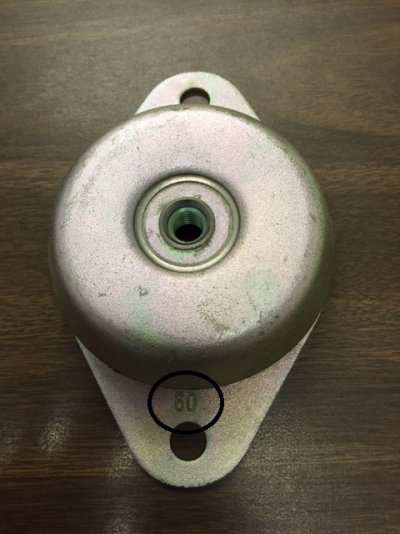wkearney99
Guru
- Joined
- Feb 17, 2018
- Messages
- 2,164
- Location
- USA
- Vessel Name
- Solstice
- Vessel Make
- Grand Banks 47 Eastbay FB
Anyone replaced the sound-deadening insulation on their Onan generator?
I've got an 13.5kW Onan MDKAZ diesel generator on board and the survey pointed out the insulation inside the housing is failing. I'd like to avoid the dust/chunks becoming any sort of ingestion/filter issue.
I came across a parts diagram
Seeing as how it's a lot of pieces and some pretty tight quarters I'm thinking that sticking with the factory pre-cut sections would be the least hassle. No doubt not the least expensive though.
Anyone recommend a reasonable source for the insulation pieces? Is there a kit for these as a set? Or am I just ordering them by their individual part numbers?
I've got an 13.5kW Onan MDKAZ diesel generator on board and the survey pointed out the insulation inside the housing is failing. I'd like to avoid the dust/chunks becoming any sort of ingestion/filter issue.
I came across a parts diagram
Seeing as how it's a lot of pieces and some pretty tight quarters I'm thinking that sticking with the factory pre-cut sections would be the least hassle. No doubt not the least expensive though.
Anyone recommend a reasonable source for the insulation pieces? Is there a kit for these as a set? Or am I just ordering them by their individual part numbers?


